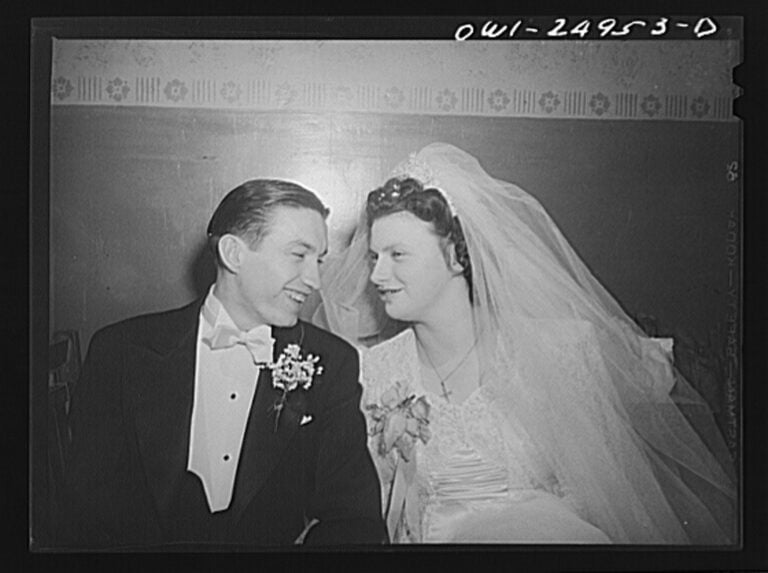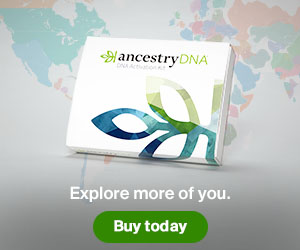Marriage Records are an essential part of family history research study and are one of the best methods to find the ever-elusive first name of a female– as well as parents’ names, ages and professions, house and religious beliefs. If you have actually not found such a record for every couple in your tree, you are losing out.
As FamilySearch notes, marital relationship records were some of the earliest documents to be tape-recorded in numerous U.S. states. Across the world this can also be true since marriage is such a critically important step in an individual’s personal, social and spiritual life.

There is also a lot of variation in potential records of marriage, thanks to the process associated with such a union.
There are frequently numerous documents produced when a marital relationship takes place. These might have included some kind of intention of marital relationship, such as a marriage bond, consent papers, agreements or settlements, licenses and applications of marriage, and records of marital relationship, such as a marital relationship certificate and a marriage return taped in a register. FamilySearch Vital Records Handout
This fact gives us numerous choices to search for and reminds us to branch off beyond the typical look for just a marriage certificate.
Often it can be quite simple to locate a marital relationship record and all we have to do is take some uncomplicated actions online. Other times, we may have to do some more severe (or offline) research. Start by making a note of what you understand (names, dates, areas) and use these tidbits in your searches. If you do not have enough details to start your search for a certificate or other marriage record, make the effort to find out what you can from previously found records first.
The following are information you may discover in a marriage record and, for that reason, are the exact same information you will want to have on hand when browsing. Clearly, you will not have all of these truths currently, but understanding at least some will help you in your search:
Full name of everyone in the union, including the first name of the woman
Birth dates or approximated ages
Moms and dads’ names
Area of house at time of marital relationship
Area of nearby town/courthouse where someone may have selected to apply for a licence
Religion, holy place, officiant
Professions of individuals to be wed and professions of parents
Marital status sometimes of marital relationship (widowed, divorced and so on).
Relative or neighbors that might have served as witnesses.
As soon as you have written down some key details you can begin your search by digging through big sites that you already have access to, such as FamilySearch (complimentary), Ancestry or MyHeritage. It may be that you encounter the record extremely quickly. Keep in mind to be flexible with names and dates in your look for the best outcome. Women are usually listed by their first names on these records, however not always.
If you don’t discover the record in a fast search, make the effort to find a single collection that may contain the record and search that more completely. By narrowing your search down to one target collection (by area and date) you will likely have better luck. Find help for this strategy in this post.
If you still can not find a marriage record by doing this you will need to start branching out. The tips below will help you find evasive marriage records and/or the information they typically contain.
For this factor it is crucial that you look for out the original records whenever possible. Assist for discovering initial records after locating an index on Ancestry can be found here.
5 Strategies for Locating Marriage Records.
Method 1: Look Close to Home.
One of the most basic methods to find a marital relationship record is to begin within your own household. Your parents and grandparents probably have copies of their own marriage certificate, and might likewise have saved records from departed loved ones.
Even if the authorities record was never conserved after death, other ideas may survive. Numerous loved ones conserve the invites or wedding event favors in a box of mementos. You may be lucky and discover that a photograph has actually the date composed on the back, or that a scrapbook page devoted to the wedding event consists of the invite, wedding event statement, save-the-date, or the date and place of the wedding event written on the page.
If you do discover these gems take the time to digitize them.
Technique 2: Contact the State Where Your Ancestor Was Married.
If you are trying to find a marriage record from the last 150 years or two in the U.S. you might be able to find an official marriage certificate or license. Numerous states provide access to these records online, or a way to purchase one. Some states, like Minnesota, even offer a searchable index and a way to purchase in simply a couple of steps.
To learn where essential records are held make sure to go to the website of the state (or nation) where the wedding event occurred. There you will find information about who can purchase a copy of the certificate and just how much it will cost.
Often it is only the children or grandchildren who can order a qualified copy of crucial records, but uncertified copies are frequently offered to anyone for the function of research. Remember that all states have different rules about when a record can be offered for privacy reasons. Some are available immediately and others are kept secret for some time.
When submitting a request for a record (when you do not understand the specific details, certificate or license number) give an approximate variety of dates and possible “misspellings” of names to help the individual searching for you. Simply keep in mind to limit the search as much as possible and be courteous. Federal government clerks are not your personal research study assistant and they will just browse exactly the names and dates you give.
The cost for such a search, or purchasing a copy of a recognized record, differs by place.
See this guide to finding records by U.S. state for assistance.
If you are searching worldwide you may discover assistance in these short articles.
Strategy 3: Contact the Church Where Your Ancestors Were Married.
A bulk of marital relationships take place within a religious institution. If you know exactly which Church/Temple/Mosque your relatives were wed in, you can ask for a search of their records. Even if you have an official copy of the marital relationship license submitted with the court house, the religious paperwork may include different info.
If you understand the name of the church, you can easily call their office or go to their website to learn about their treatment for genealogical questions. Numerous request for a little contribution in return for the research study, similar to filing a demand with the state/local federal government.
Sometimes churches close down. What then? Find a close-by church of the exact same denomination and ask where the records might be held.
Sites may also contain this details. As an example, when it comes to Catholic records, check the Archdiocese website for details. St. Gabriel’s Church on 37th St. in Manhattan closed down to make space for the Midtown Tunnel, however the Archdiocese of New York keeps a spreadsheet of where all records from closed, open, and merged catholic churches in New York are kept. St. Gabriel’s records are now with Our Savior on 38th St. A link to the list of Parishes in New York can be discovered here.
Technique 4: Check the Census and Newspapers.
Keep in mind that legal and religious records are not the only way unions were documented. You can find a lot of details in regional newspapers and censuses. Every current census launched to us up until now has asked whether the named person is married, single, divorced, or widowed.
Some offer a couple of more hints, such as the 1930 census requesting age initially marital relationship, the 1910 census for the variety of years of present marital relationship, and the 1900 census asking for the number of years married. To find which census contains what details see the Family History Daily census guide.
If your family was well-to-do, marriage or engagement announcements in the regional paper might use more details than you would know what to do with. Not only do some announcements cover who was married, when, and where, but sometimes explain about what everybody on the visitor list was using. Even households of moderate methods would in some cases promote the upcoming or current weddings of their child.
Newspapers can likewise provide more about your family members’ marriages than just names and dates. Among my recent paper searches revealed that my terrific grandma lied when she married my terrific grandpa. Not only was she married before (while her marriage license states otherwise), but she was still lawfully wed. Their time in appellate court was in the papers due to the fact that it raised the question “How long does a deserted better half need to look for her other half before he is presumed dead?” The series of posts connected to my fantastic grandparents provided details about not just when they were married, however when my excellent grandmother wed the first time.
Find aid for newspaper searches look here and here.
Strategy 5: Search “Non-traditional” Sources.
Hints about marital status aren’t restricted to the normal places. Often searches raise evidence of divorce before anything else. A divorce is a guaranteed idea that a marital relationship took place since you can’t have one unless you were, indeed, wed. If you occurred to find a record of a divorce, check to see if the date of marital relationship was included.
Pension records will call a spouse if wed. The longer your relative was in the service, the more insight into his/her life you may find in the record.
Other crucial records could hold ideas to marital relationship as well. One example of this is birth records. FamilySearch has various pictures of hand-written civil registration records from Puerto Rico. I love these records since they frequently consist of more than one generation therefore much details.
When two individuals got married after they already had a kid, there would in some cases be a note in the margin of the birth record stating that the kid was legitimized by the marriage of his/her parents on this date.
Obituaries and death records will typically mention the most recent spouse, dead or alive. They may even have the date of marriage. Tombstones of married couples likewise may have a marital relationship date inscribed.
Journals and diaries, depending on who wrote them, are a relatively accurate source of information. Big to-do’s such as weddings were frequently mentioned in information because there are great deals of emotions that appear leading up to, and during, the occasion. Not just would there be ideas about the wedding event itself, but possibly some far-off cousins. If you’re lucky adequate to have a diary or journal as proof, congratulations!
The crucial thing to remember is that creativity and flexibility is crucial. Choose what you would like to know and look all over you possibly can to find it. Information about a marriage can provide a great deal of depth and new insights in your research study– the time it take you to find these details will be well worth it.
For assistance finding free records online see this short article. And do not forget to benefit from Google, GenWeb and FamilySearch wikis for assistance researching an area and the records available.

Leave a Reply